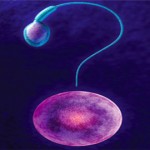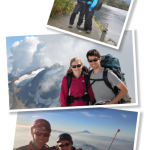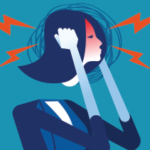Other common symptoms that should be addressed beyond the GI tract are sicca symptoms, hyper- or hypohidrosis, fatigue and chronic pain.
In terms of immunomodulation for POTS, the iSTAND study saw Vernino et al. perform a randomized controlled trial of intravenous immunoglobulin (IVIG) vs. intravenous albumin infusions—which ensured blinding and controlled for effects of volume expansion—in patients with POTS. This trial failed to find a statistically significant difference between the two groups with respect to Composite Autonomic Symptoms Score-31 (COMPASS-31) by week 2 after the final infusion.5 However, Dr. Adler noted that the patients were treated for only three months.
Current clinical trials in POTS are looking at IVIG, subcutaneous Ig and efgartigimod, which is a humanized IgG1 Fc fragment that reduces the levels of circulating IgG antibodies by binding to the neonatal Fc receptor, in treating patients with long COVID POTS.
In Sum
Dr. Adler’s lecture served to inform clinicians who may previously have had little knowledge on the subject.
Jason Liebowitz, MD, is an assistant professor of medicine in the Division of Rheumatology at Columbia University Vagelos College of Physicians and Surgeons, New York.
References
- Safavi-Naeini P, Razavi M. Postural orthostatic tachycardia syndrome. Tex Heart Inst J. 2020 Feb 1;47(1):57–59.
- Blitshteyn S, Fedorowski A. The risks of POTS after COVID-19 vaccination and SARS-CoV-2 infection: More studies are needed. Nat Cardiovasc Res. 2022 Dec;1(12):1119–1120.
- Bryarly M, Phillips LT, Fu Q, et al. Postural orthostatic tachycardia syndrome: JACC focus seminar. J Am Coll Cardiol. 2019 Mar 19;73(10):1207–1228.
- Lee C, Greenwood DC, Master H, et al. Prevalence of orthostatic intolerance in long covid clinic patients and healthy volunteers: A multicenter study. J Med Virol. 2024 Mar;96(3):e29486.
- Vernino S, Hopkins S, Bryarly M, et al. Randomized controlled trial of intravenous immunoglobulin for autoimmune postural orthostatic tachycardia syndrome (iSTAND). Clin Auton Res. 2024 Feb;34(1):153–163.



